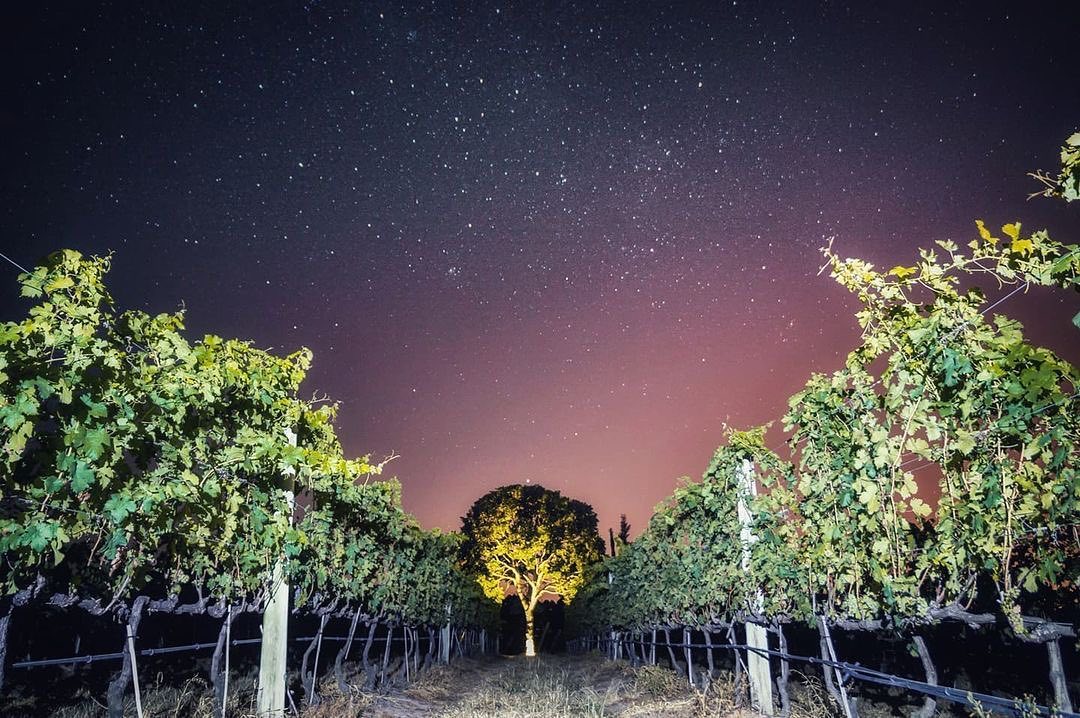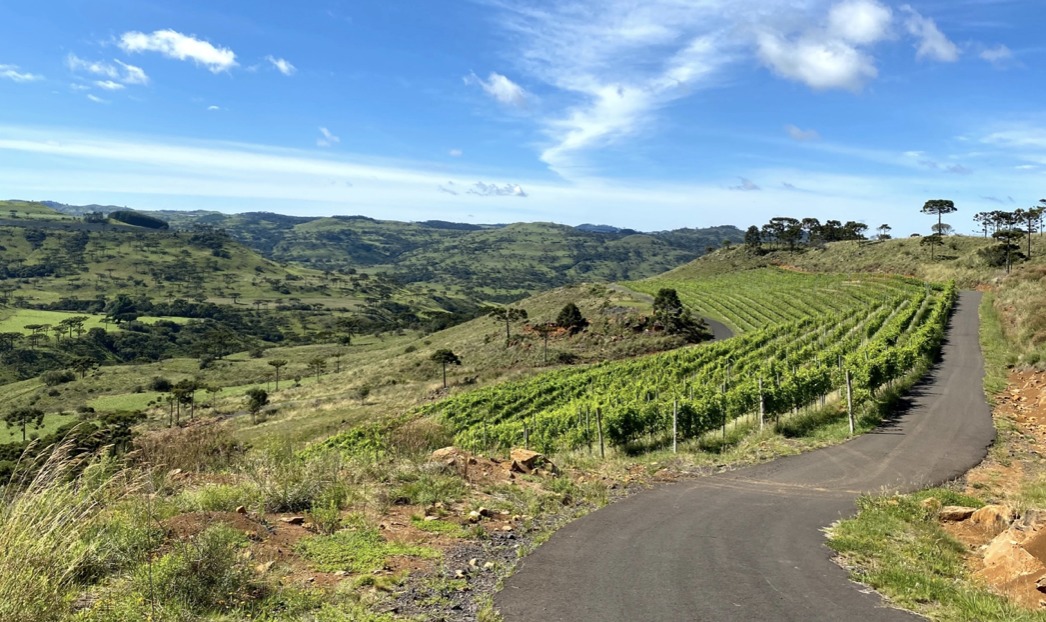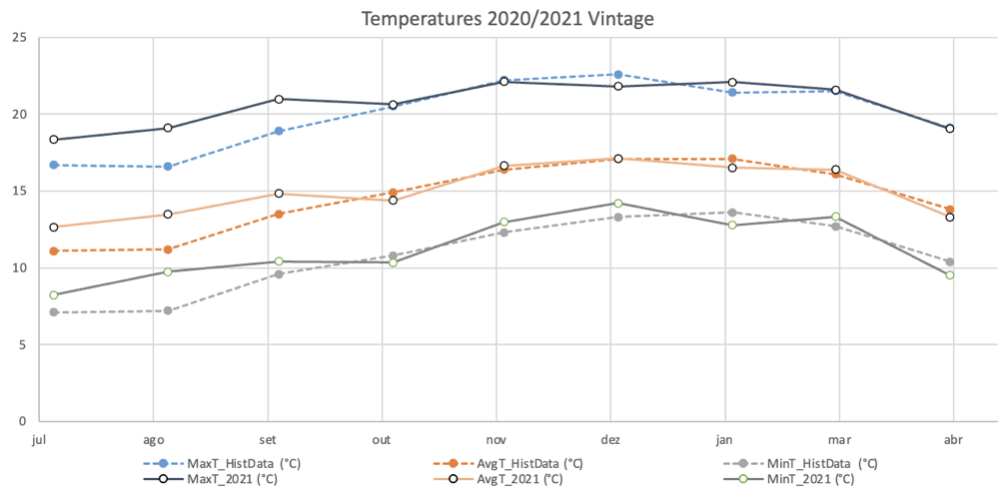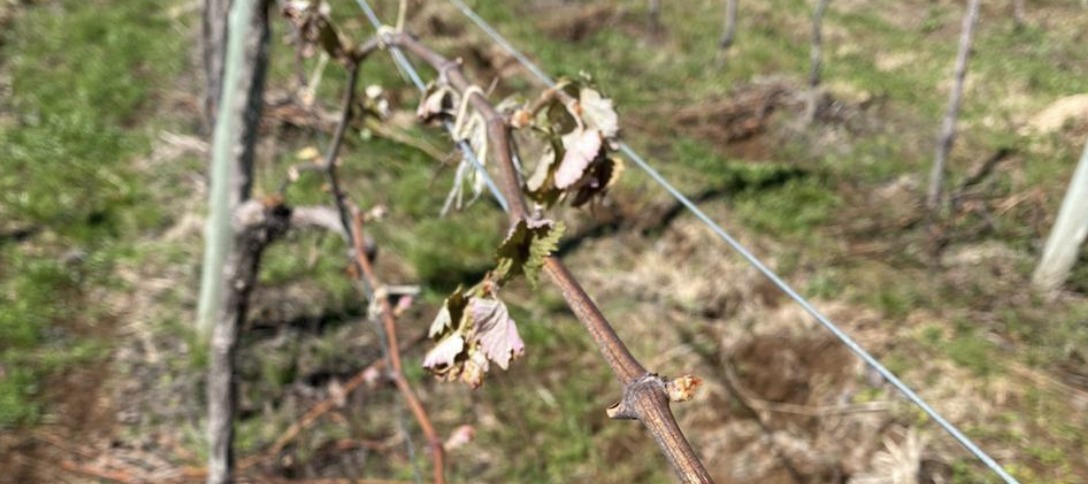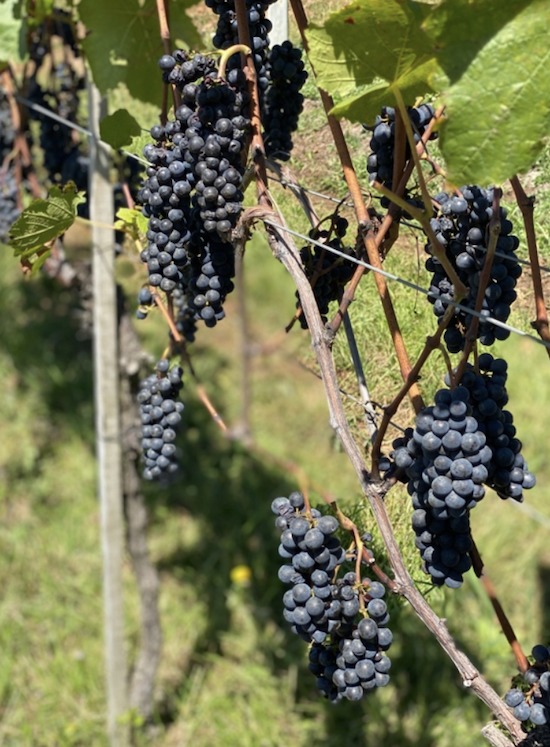Producers have struggled to make wine in Brazil since the first Portuguese settlers 500 years ago, with the only viable region seen as the very far south of the country — Rio Grande do Sul. However, in recent years, an innovative new technique has enabled producers to make wines across new, and often unexpected, regions. Pablo Fernandez takes a look at the wineries in Brazil using the double pruning system to make ‘winter wines’, or colheita de inverno wines.
While doing his doctorate in Bordeaux, Dr. Murillo de Albuquerque Regina thought the terroir of Bordeaux’s wine regions shared a lot of similarities to his homeland, Minas Gerais. But he knew that the warm, humid summertime climate was quite different and not best suited for quality wine production.
He knew that in the best wine regions of the world, the best conditions before harvesting are sunny days and cold nights, with dry soil. Interestingly, this is exactly how Minas Gerais is in winter — during the months of May, June, and July. Dr Murillo began investigating if it would be possible to change the vine cycle to this time of year, effectively harvesting in winter.
And so he developed the double pruning technique for grape vines. By pruning in January, at the height of summer, you can “fool” the vine, causing it to interrupt its normal cycle and go into dormancy. This trick means the vine instead shifts its cycle to now come into maturation in the winter — when there is less rainfall, more sunny days, and great thermal amplitude. In combination with the altitude of the southeastern plateaus, this helps to achieve optimal maturation and health of the grapes, perfect for the production of wines.
As a result of this technique, which was pioneered less than two decades ago, wine producers across Brazil are looking into a new future of winter wines… ranging from São Paulo, Rio de Janeiro, Minas Gerais, Espírito Santo, Bahia, Alagoas, Goiás, Distrito Federal, and even to Mato Grosso.
